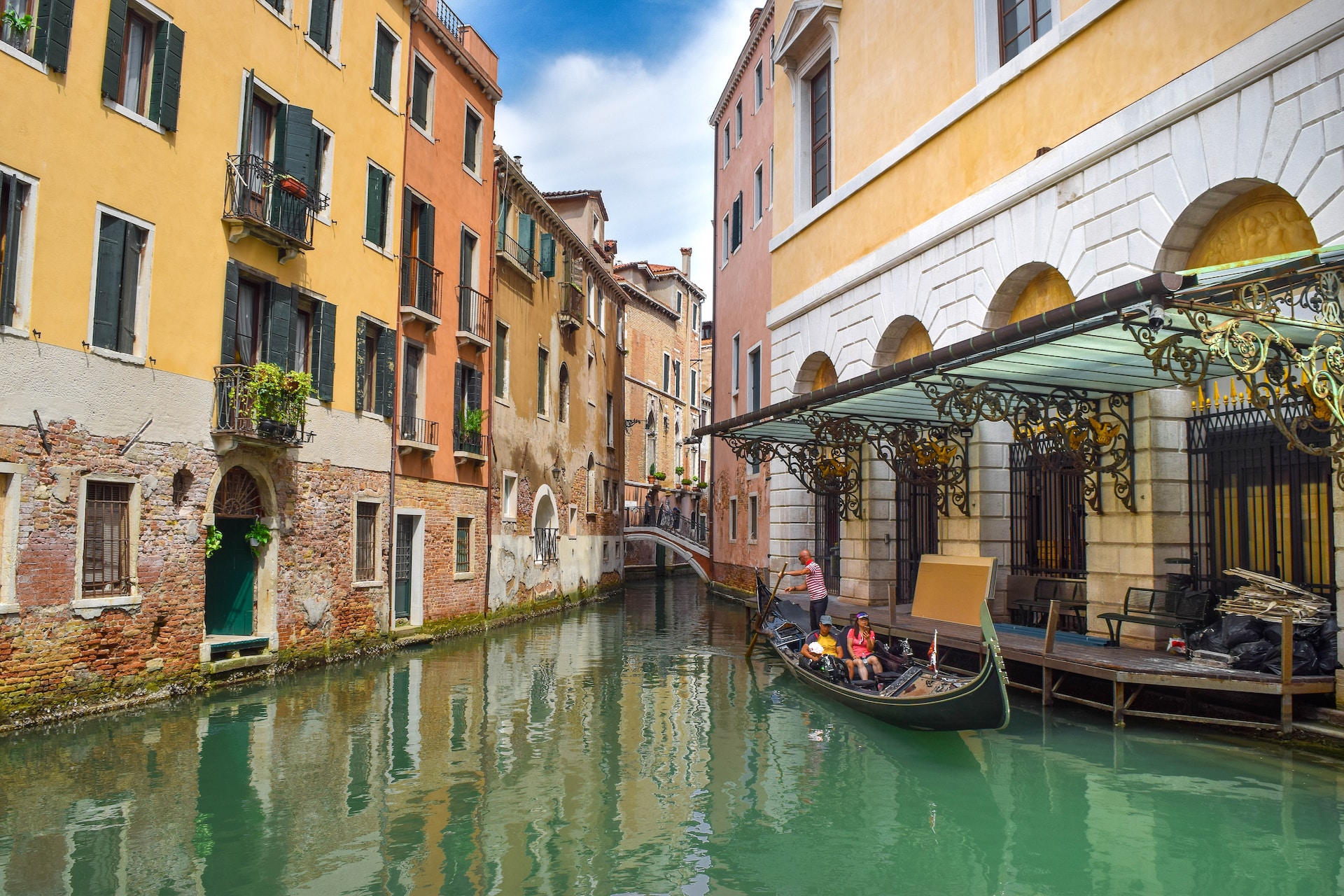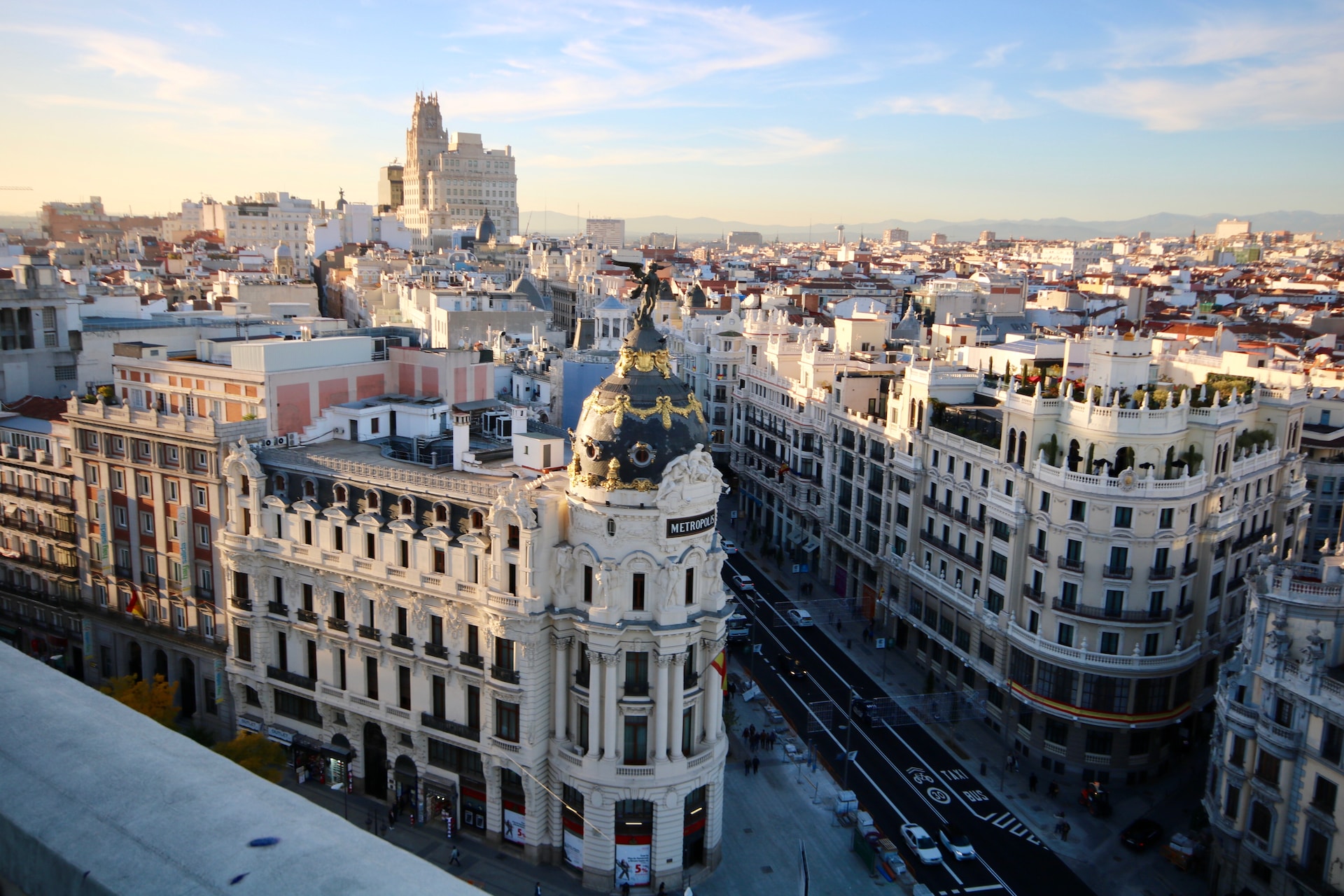Barcelona neighborhoods are a reflection of the city’s rich history, culture and tradition. Each neighborhood has its unique charm and character, making it an ideal place to explore and discover the city. From the bustling streets of El Raval to the charming cobblestone streets of Gracia, these neighborhoods offer something for everyone. In this article, we will take a closer look at some of the most popular neighborhoods in Barcelona, including El Raval, El Born, Gracia, Eixample, Poble Sec, Sant Antoni, Ciutat Vella, Sarria-Sant Gervasi, Horta-Guinardó, Les Corts, Nou Barris, Sant Martí, Sants-Montjuic, La Barceloneta, and Sant Andreu.
El Raval
El Raval is one of the most vibrant and diverse neighborhoods in Barcelona. It is located on the west side of the city center, and it is known for its bohemian atmosphere, multicultural population, and colorful street art. The neighborhood has a rich history, and it is home to many important cultural institutions such as the Museum of Contemporary Art, the Museum of Catalan History, and the Rambla del Raval, a lively pedestrian street lined with shops, bars, and restaurants.
El Born
El Born is a charming neighborhood located in the heart of the city. It is famous for its medieval streets and picturesque squares, such as Plaça de la Vila de Madrid and Plaça de la Mercè. The neighborhood is also home to many art galleries, designer shops, and trendy cafes, making it a popular spot among both locals and tourists. El Born also has a rich cultural heritage, and it is home to the Picasso Museum, which houses a large collection of works by the famous artist.
Gracia
Gracia is one of the most charming neighborhoods in Barcelona, known for its narrow, cobblestone streets and picturesque squares. The neighborhood is full of life, with a wide variety of shops, bars, and restaurants that offer something for everyone. Gracia is also home to many cultural institutions, such as the Teatre Principal and the Fundació Joan Miró. Additionally, Gracia is famous for its annual street festivals, where the streets are decorated with colorful lights and lively music fills the air.
Eixample
Eixample is a neighborhood located in the heart of the city, known for its wide, tree-lined streets and elegant architecture. The neighborhood is home to some of the most famous landmarks in Barcelona, such as the Sagrada Familia, Park Güell, and Casa Batlló. The neighborhood is also a shopping and dining destination, with many high-end shops and restaurants located along Passeig de Gràcia, one of the city’s most famous streets.
Poble Sec
Poble Sec is a neighborhood located on the hillside just outside the city center. The neighborhood is known for its lively atmosphere, with many bars and clubs that stay open until late. Poble Sec is also home to many cultural institutions, such as the Teatre Poliorama and the Sala Apolo, which hosts concerts and performances. The neighborhood also offers great views of the city, especially from the Mirador del Poble Sec, a viewpoint located on the top of a hill.
Sant Antoni
Sant Antoni is a neighborhood located in the heart of the city, known for its lively atmosphere and bustling markets. The neighborhood is home to the famous La Boqueria market, where visitors can find a wide variety of fresh produce, seafood, and local delicacies. The neighborhood is also home to many bars and restaurants, making it a popular spot for dining and nightlife. Additionally, Sant Antoni is home to many cultural institutions, such as the Teatre Lliure and the Sant Antoni Market Cultural Center.
Ciutat Vella
Ciutat Vella is the oldest neighborhood in Barcelona, and it is known for its rich history and cultural heritage. The neighborhood is divided into four districts: the Gothic Quarter, El Raval, El Born, and La Barceloneta. The Gothic Quarter is the most famous district, known for its medieval streets and Gothic architecture, such as the Cathedral of Barcelona. El Raval is known for its bohemian atmosphere and multicultural population, while El Born is known for its charming cobblestone streets and picturesque squares. La Barceloneta is known for its beach and lively atmosphere.
Sarria-Sant Gervasi
Sarria-Sant Gervasi is a neighborhood located in the upper part of the city, known for its upscale atmosphere and elegant architecture. The neighborhood is home to many high-end shops and restaurants, as well as cultural institutions such as the Teatre Liceu and the Joan Miró Foundation. Additionally, the neighborhood offers great views of the city from its many parks, such as Park Güell and the Labyrinth Park.
Horta-Guinardó
Horta-Guinardó is a neighborhood located in the upper part of the city, known for its green spaces and peaceful atmosphere. The neighborhood is home to many parks, such as the Labyrinth Park and the Montjuic Castle, which offer great views of the city. The neighborhood is also home to many cultural institutions, such as the Joan Miró Foundation and the National Museum of Catalan Art. Additionally, the neighborhood is known for its traditional markets, such as the Mercat de la Llibertat.
Les Corts
Les Corts is a neighborhood located in the upper part of the city, known for its upscale atmosphere and elegant architecture. The neighborhood is home to many high-end shops and restaurants, as well as cultural institutions such as the Teatre Liceu and the Joan Miró Foundation. Additionally, the neighborhood is home to the Camp Nou, the stadium of the famous football club, FC Barcelona.
Nou Barris
Nou Barris is a neighborhood located in the upper part of the city, known for its green spaces and peaceful atmosphere. The neighborhood is home to many parks, such as the Labyrinth Park and the Montjuic Castle, which offer great views of the city. Additionally, the neighborhood is known for its traditional markets, such as the Mercat de la Llibertat.
Sant Martí
Sant Martí is a neighborhood located on the northeastern part of the city, known for its modern architecture and lively atmosphere. The neighborhood is home to many shops, bars, and restaurants, as well as cultural institutions such as the Joan Miró Foundation and the National Museum of Catalan Art. Additionally, the neighborhood is home to the famous beach of Barceloneta and the Olympic Port.
Sants-Montjuic
Sants-Montjuic is a neighborhood located on the southwestern part of the city, known for its hilltop fortress and beautiful park. The neighborhood is home to the Montjuic Castle, which offers great views of the city and is a popular spot for tourists. Additionally, the neighborhood is home to the famous Sants Station, the main train station in Barcelona, and the National Museum of Catalan Art. The neighborhood is also home to many shops, bars, and restaurants, and is a popular spot for dining and nightlife.
La Barceloneta
La Barceloneta is a neighborhood located on the coast of Barcelona, known for its sandy beach and lively atmosphere. The neighborhood is home to the famous Barceloneta Beach, which is a popular spot for sunbathing and swimming during the summer. Additionally, the neighborhood is home to many seafood restaurants, bars, and clubs, and is a popular spot for dining and nightlife. La Barceloneta is also home to the Olympic Port, which was built for the 1992 Summer Olympics and is now a popular spot for shopping and dining.
Sant Andreu
Sant Andreu is a neighborhood located on the northeastern part of the city, known for its peaceful atmosphere and green spaces. The neighborhood is home to many parks and gardens, such as the Parc de l’Estació del Nord and the Parc de la Guineueta. Additionally, the neighborhood is known for its traditional markets, such as the Mercat de la Llibertat. Sant Andreu is also home to many shops, bars, and restaurants, making it a popular spot for dining and nightlife.
In conclusion, each neighborhood of Barcelona has its own unique charm and character that makes the city one of the most diverse and interesting places to visit. From the bustling streets of El Raval to the charming cobblestone streets of Gracia, these neighborhoods offer something for everyone. Whether you’re interested in history, culture, shopping, dining or nightlife, you’re sure to find it in one of these neighborhoods of Barcelona.



